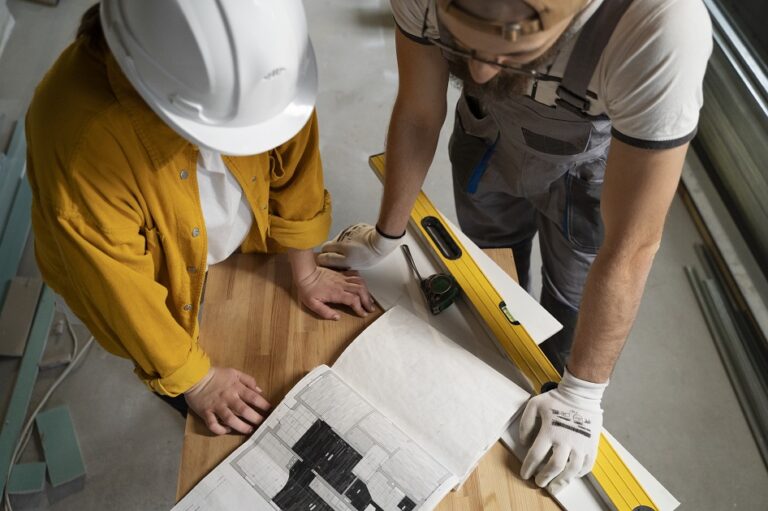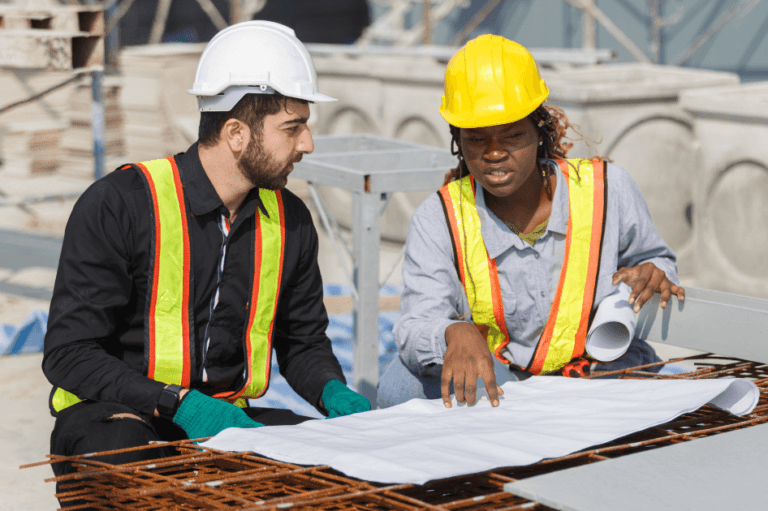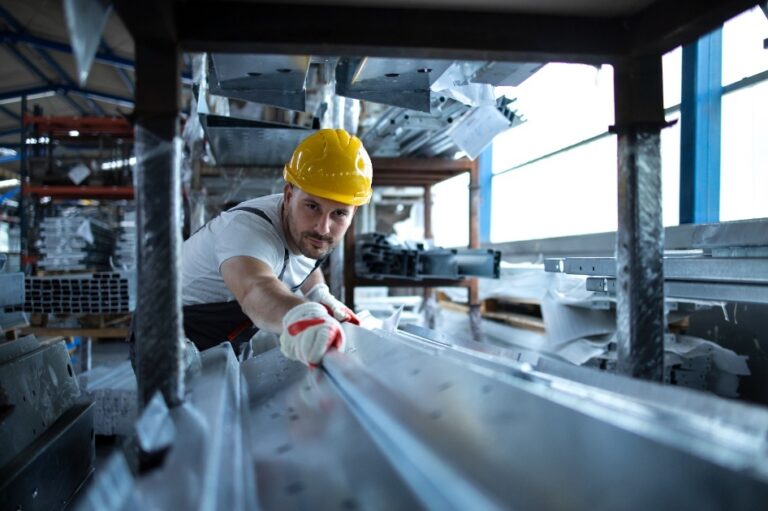Introduction
India’s rapid industrialization is fueling an unprecedented demand for engineering expertise. As cities expand, industries scale up, and infrastructure becomes more complex, the backbone of all industrial development remains structural design. Amid this transformation, specialized Industrial Structure Design Training—like that offered by Krishna Education Services (KES India)—is revolutionizing the capabilities of India’s engineering workforce.
This blog explores the deep and lasting impact of industrial structure design training on India’s engineering landscape. We dive into how this training elevates careers, accelerates infrastructure development, ensures safety, boosts innovation, and cements India’s position as a global engineering leader.
Table of Contents
- Why Industrial Structure Design Training Matters
- India’s Engineering Landscape: Current Challenges
- Transformational Role of KES India in Industrial Design
- How Training Enhances Structural Integrity & Safety
- Boosting Employability and Career Growth
- Driving Innovation in Engineering Practice
- Case Study Highlights: Training-to-Project Transitions
- Global Competency through Code-Based Design
- Technology Integration: Software and FEA Training
- Conclusion: Building the Nation, One Structure at a Time
1. Why Industrial Structure Design Training Matters
Industrial structures—steel platforms, chemical plants, warehouses, pipe racks, skid systems—require precise design based on load calculations, wind/seismic safety, and material optimization. Poor design can lead to catastrophic failure, costing lives and money.
Industrial structure design training ensures that engineers:
Understand real-world project challenges
Design structures as per global codes (IS, AISC, Eurocode)
Perform structural analysis using software like STAAD Pro and ETABS
Integrate theory with practical, code-compliant applications
Institutes like KES India offer specialized programs that fill this skills gap and prepare engineers to meet industrial needs with competence and confidence.
2. India's Engineering Landscape: Current Challenges
Despite producing over 1.5 million engineering graduates annually, India faces an employability crisis. According to a NASSCOM report, only about 25% of engineers are industry-ready in core domains like civil and mechanical.
Key Gaps Include:
- Lack of hands-on software training
- Poor exposure to design codes and real projects
- Minimal interdisciplinary understanding (e.g., civil-mechanical integration)
- Insufficient guidance on offshore and industrial applications
- This mismatch between education and employment demands makes training in industrial structure design not just helpful—but critical.
3. Transformational Role of KES India in Industrial Design
Krishna Education Services (KES India) has emerged as a pioneer in bridging the skill gap in industrial structural engineering. Based in Gandhinagar, Gujarat, the institute focuses on preparing engineers for practical, project-based roles in the field of industrial steel structure design.
Key Training Programs at KES:
- Comprehensive Industrial Steel Structural Design
- Industrial FEA Design using STAAD Pro
- Steel Connection Design as per AISC
- Modular/Skid Structural Design
- Advanced Design Projects based on Real Clients
- Led by Paras Prajapati, a structural specialist with over 18 years of experience in companies like L&T, Allseas, and Keppel FELS, KES combines academic rigor with field-based knowledge.
4. How Training Enhances Structural Integrity & Safety
Poorly designed industrial structures can lead to:
- Operational breakdown
- Structural collapse
- Safety hazards
- Project cost overruns
Training in industrial structure design ensures:
✅ Safe Load Path Development
✅ Correct Use of Structural Members
✅ Designs that Withstand Earthquakes & Wind Loads
✅ Safe & Economic Connections (Bolted/Welded)
✅ Design for Offshore & Hazard Zones
With real project simulations and code-based practices, KES students learn to design not just buildings—but robust, safe systems that form the foundation of industrial success.
5. Boosting Employability and Career Growth Before Training:
❌ Uncertainty about applying theory
❌ No exposure to design software
❌ Difficulty in securing core design jobs
❌ Minimal portfolio
After Training at KES:
✅ Solid understanding of STAAD Pro, ETABS
✅ Familiarity with international codes
✅ Hands-on portfolio with real project simulations
✅ Strong LinkedIn & resume profile
✅ Placement support from KES India
Career Roles Available:
- Structural Design Engineer
- FEA Engineer
- Connection Design Specialist
- Skid Design Engineer
- Offshore Structural Analyst
- EPC Project Engineer
- KES students have gone on to work with leading consultancies, construction firms, and EPC companies.
6. Driving Innovation in Engineering Practice
India needs innovative engineering solutions for smarter, faster, and more sustainable construction. Industrial design training fosters:
- Lean Structural Design
- Efficient Use of Steel & Concrete
- Design for Modular Construction
- Time-saving Connection Details
- Sustainability via Optimized Member Sizing
- By mastering these, engineers don’t just meet industry standards—they raise them.
7. Case Study Highlights: Training-to-Project Transitions
Case Study 1: Pipe Rack for Petrochemical Plant
A KES graduate designed a complex pipe rack using STAAD Pro and manual calculations. The structure supported multiple pipelines across levels, and passed seismic and wind load checks as per IS 1893 and IS 875.
Case Study 2: Offshore Modular Unit
An advanced student worked on a skid-mounted modular structure. Using FEA tools and AISC 360 code, he ensured load optimization and weld safety under wave motion scenarios.
These examples show how training transforms theoretical engineers into industry-ready design professionals.
8. Global Competency through Code-Based Design
KES India trains students in both Indian and international codes, including:
IS 800 (Steel Design)
IS 1893 (Earthquake Resistance)
IS 875 (Wind Loads)
AISC 360 (American Steel Code)
Eurocode 3 (European Standard)
This multilingual code literacy makes engineers globally employable and future-proofed for international markets.
9. Technology Integration: Software and FEA Training
KES India emphasizes live training on industry tools, giving students practical command of:
- STAAD Pro
- ETABS
- AutoCAD / Tekla (Basics)
- Manual Calculations + Software Correlation
- Structural engineers today are not only thinkers but also tool users. Knowing how to validate a STAAD model, interpret FEA results, or model beam-column systems is essential—and taught in detail at KES.
- Conclusion: Building the Nation, One Structure at a Time
- India stands at the cusp of a construction revolution. From green energy plants to data centers, from pharmaceutical factories to offshore rigs—structural engineers are in demand more than ever. But demand alone is not enough—skill and precision are what drive sustainable development.
- That’s where industrial structure design training—especially from industry-forward institutions like KES India—comes in.
Key Takeaways:
✅ Bridges the gap between academics and industry
✅ Empowers engineers with job-ready, project-based skills
✅ Increases safety, cost-efficiency, and sustainability in structures
✅ Fosters innovation and international design proficiency
✅ Opens career doors across EPC, offshore, plant, and civil sectors
Final Word
If you’re an engineer seeking to upgrade your career, design smarter structures, and contribute meaningfully to India’s industrial future—this is your sign.
📞 Get in touch with KES India today!
📍 Gandhinagar | 💬 +91-8401370197 | 🌐 www.kes-india.co.in
Let’s engineer a stronger, safer, and smarter India—one well-designed structure at a time!



